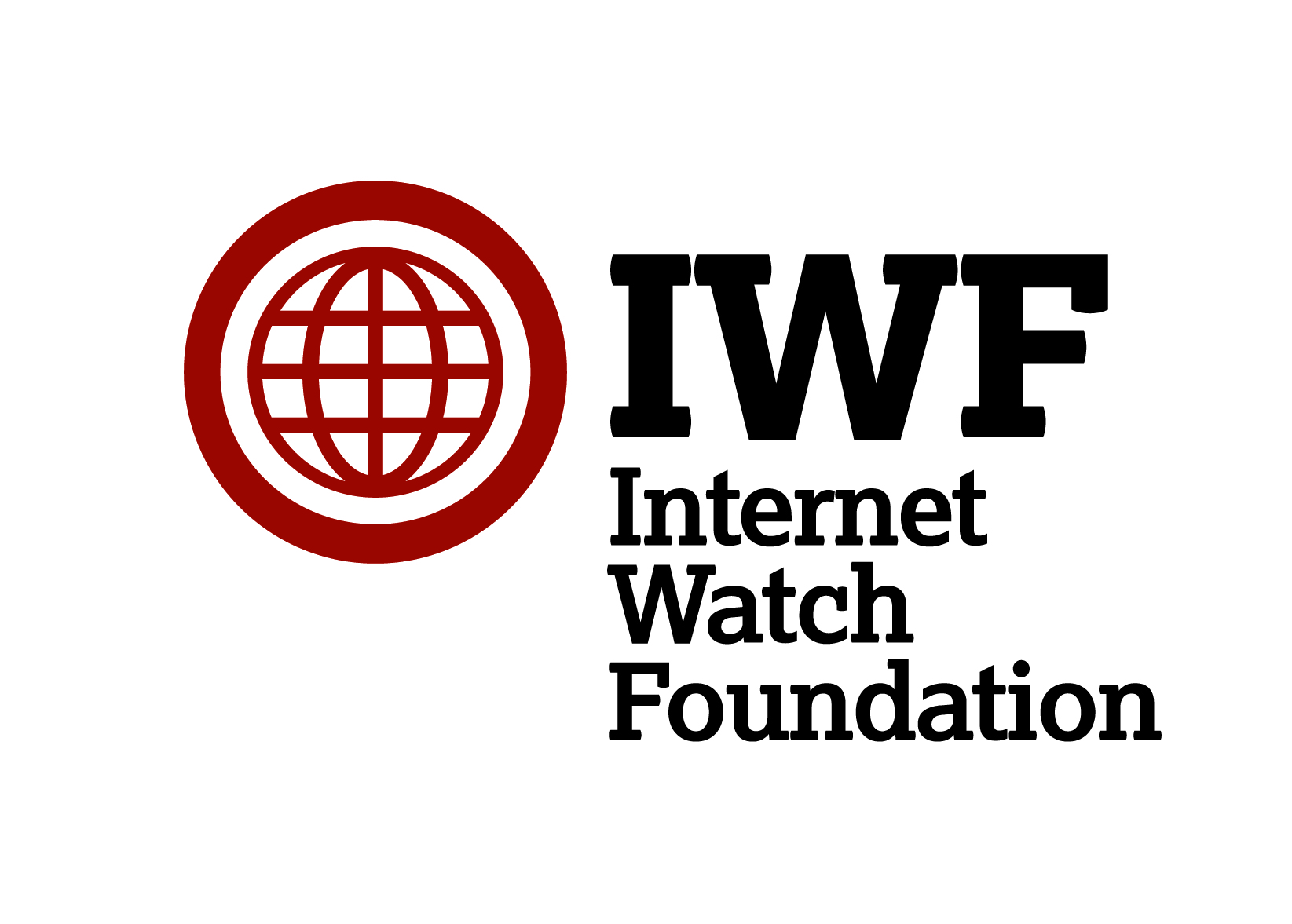
A reintroduction to the IWF – looking at the important work they do
The IWF (Internet Watch Foundation), which makes up one third of the UK Safer Internet Centre, is a leading organisation removing child sexual abuse imagery from the internet. It’s a tough job, but a vital one, not only for the victims of this hideous abuse who we work to protect from the torment of having the images of their abuse shared again and again, but also for internet users who want peace of mind that the internet can be a safe place.
What does the IWF do?
We are one of the world’s leading charitable hotlines identifying and removing illegal content online and receive tens of thousands of reports from internet users every year, who are often distressed after stumbling across images and videos of children being sexually abused. From our office in Cambridge, our 13 analysts proactively search for child sexual abuse content from across the globe to remove it from the internet. We assess the imagery and then, if it is illegal, we have it taken down.
You might be surprised about the reach of abusive content on the internet. We recently revealed a 37% increase from 2016 to 2017 in the number of child sexual abuse URLs which have been reported to us (57,335 in 2016 to 78,589, as reported in our 2017 Annual Report). We also revealed that unfortunately, offenders are getting cleverer at evading detection and the images of the abuse are increasing in severity. The report makes for shocking reading, but it is essential that the scale of child sexual abuse imagery is known by all. You can read more on our 2017 Annual Report here.
In May we published our new webcam research, titled Trends in Online Child Sexual Exploitation: Examining the Distribution of Captures of Live-streamed Child Sexual Abuse. Using a sample of more than 2,000 incidents, it analysed the spread of permanent captures and recordings of live-streamed child sexual abuse content. Shockingly, 98 percent of the victims were 13 or younger, and 96 percent of the victims were in their own home environment, such as their bedroom or bathroom. You can read more about it here.
Our work not only stops the re-victimisation of children whose suffering is shared again and again online, but also helps to identify new victims who we may be able to help rescue. We work with law enforcement agencies, governments, the internet industry and others such as charities and hotlines across the world to track these children down so they can be rescued, while their images are removed.
Our Analysts
We’d like to introduce you to Peter*, he’s one of our analysts and can better explain why the work we do is so vital.
Peter’s story: “A public report came in for a website showing a lot of child sexual abuse imagery. There were many, many images and videos on that site. They were of children showing themselves in sexual positions or performing sexual acts on webcams. One set of images showed a girl and by her appearance, her clothes, the décor in her room and things in the background, I could tell that she was in the UK. I called a few other analysts over to help me assess the images and after investigating a bit more with a few online searches, we managed to come up with a potential location for her. We sent the report to CEOP, the UK Child Exploitation and Online Protection Centre, and they then contacted the local police. In less than two days we got the message that the girl had been safeguarded by the police. She was 12 years old and had been groomed for years. I’ll never forget the feeling of absolute joy that we had helped this girl. That’s probably the highlight of what I’ve done at the IWF so far.”
*Peter’s name has been changed to protect his identity.
Our Members and our goal
The IWF helps the internet industry join the fight against online child sexual abuse imagery by providing world-class specialist services to our Members, which include internet service providers, phone companies and social media companies.
We’ve also launched 22 international reporting websites, known as Reporting Portals, in countries across the world. Online child sexual abuse imagery is a global problem, which demands a global solution. The internet doesn’t respect geographical borders, which is why we work together with partners across the globe, now including Public Interest Registry, so one day we can live in a world without child sexual abuse imagery.
What can you do?
If you stumble across child sexual abuse imagery online, or come across it in your line of work, you can make a report simply and easily at: iwf.org.uk
The report can be made completely anonymously, or if you’d like to receive feedback or an update on your report you can enter your contact details. Every report made could save a child from continued abuse or stop the revictimisation of that child every time their image is shared and seen. Please spread the word about the work of the IWF to your colleagues, friends and family, to protect children all around the world.